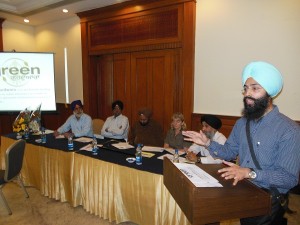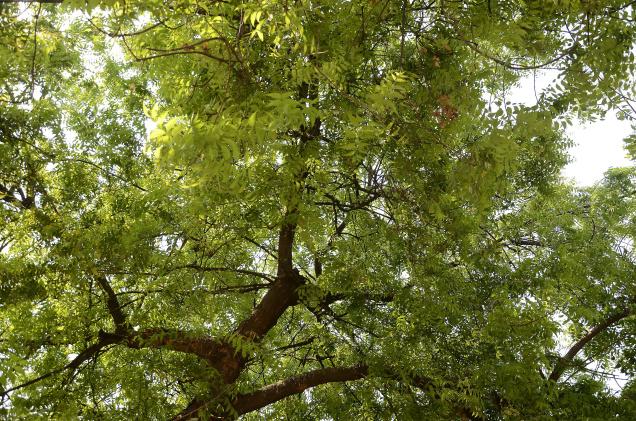Flowering is extensive and the crop is healthy, say farmers
Think of mangoes, and your are sure to conjure up images of the sweet, juicy, pulpy fruit that lures one and all during summer. And if one considers the varieties, the Nuzvid ‘rasalu’ certainly tops the list. This year, the farmers are hopeful of reaping a rich harvest of the famous ‘chinna rasalu’, ‘banginapalli’, and other varieties, as flowering is good and the crop in the region is not afflicted by an disease. If the weather cooperates, there will be good produce by March end, they opine.
“Krishna district, particularly Nuzvid, is known for ‘chinna rasalu’. Every year, we export some thousands of tonnes of the fruit to Bangalore, Hyderabad, Chennai, and other places,” say the farmers. Flowering is robust and extensive in the orchards at Nuzvid, Agiripally, Nunna, Thotlavallur, and other areas in the district.
In some areas, the fruit is in a tender stage and the crop will be ready in the next 20 days.
“Compared with last year, flowering is good and we are expecting a good yield this season. The investment is also less this year, as the crop is healthy,” a mango farmer V. Srinivasa Rao of Nekkalam Gollagudem village told The Hindu.
“I raised chinna rasalu, pedda rasalu, and banginapalli varieties in five acres. We have already picked the fruit twice, as there was flowering in the months of November and December. We are happy as the position is good so far,” said another farmer S. Venkata Ratnam of Adavi Nekkalam village.
“Eighty per cent of trees are in flowering stage. The recent rain did not cause much damage to the crop. This year the produce may be double than last year,” said S. Veeranjaneyulu, who has orchards in the Nuzvid area.
“Most of the produce will be used for consumption in Vijayawada, Khammam, Guntur, East and West Godavari, and neighbouring districts. Fine quality of ‘banginapalli’ fruit will be exported to other States and countries,” said Mr. Venkata Ratnam.
source: http://www.TheHindu.com / Home> News> Cities> Vijayawada / by Rajulapudi Srinivas /Nuzvid (Krishna Distr.) – February 09th, 2013





